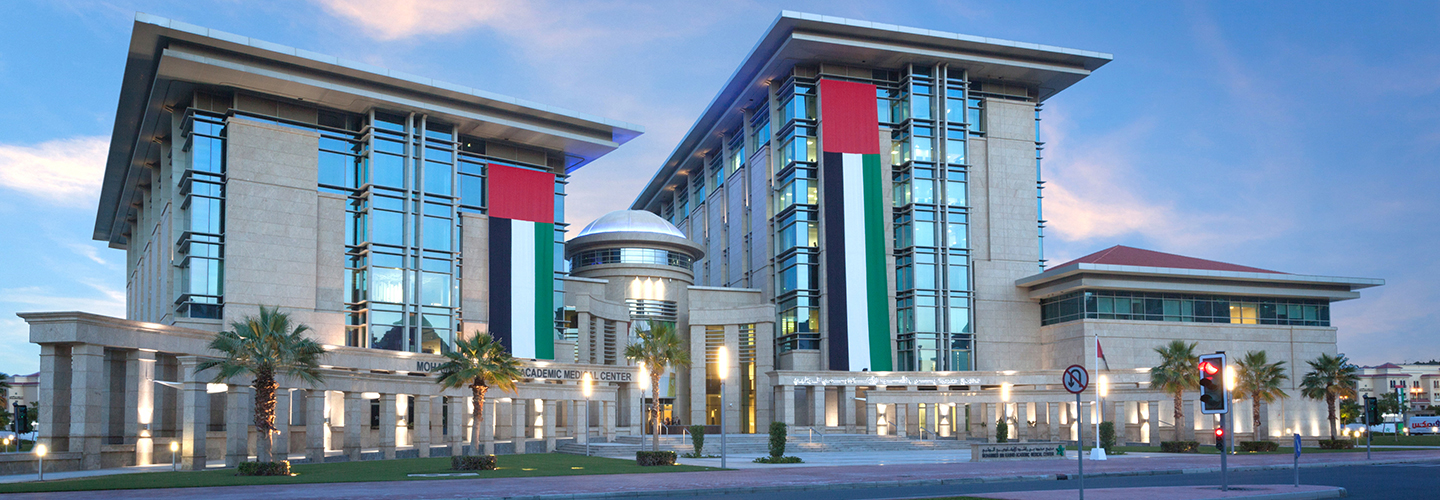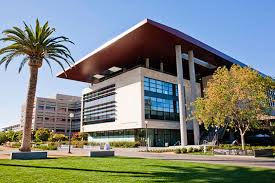
Point of View: Exploring Health IT Through Google Glass Hosted By: Harlon J. Wilson, Google Glass Explorer The Future of Wearable Technology & Telemedicine with Tom Kegley Summary: “Point of View” explores hot topics in health IT innovation via video interviews with industry experts as seen through the first-person point of view of Google Glass [...]
Point of View: Exploring Health IT Through Google Glass
Hosted By: Harlon J. Wilson, Google Glass Explorer
The Future of Wearable Technology & Telemedicine with Tom Kegley
Summary: “Point of View” explores hot topics in health IT innovation via video interviews with industry experts as seen through the first-person point of view of Google Glass. In this interview, Tom Kegley, Retired CIO of Roche Diagnostics sits down with Google Glass Explorer, Harlon J. Wilson to discuss the future of wearable tech and telemedicine, as he provides expert advice for health IT innovators and entrepreneurs.
Transcript:
Harlon J. Wilson – So Tom, tell me, what are you currently up to and what did you use to do in terms of all your health IT expertise?
Tom Kegley – I spent almost 40 years in the life science space as a “CIO” – in other words heading up an IT organization, basically in pharmaceuticals and diagnostic companies. Its been interesting to see the technology and how its changed over the years as we went from the punch card computing era to how we are today where everything is online and everybody is syncing everything all the time. So we’ve really seen major breakthroughs from a technology standpoint and now we’re arriving at the same point. My last job was with SmithKline Beecham before it was Roche. Roche is where I finished up my professional career as such, in corporate America. Since then, my gig has been working with start-ups, new technology, and trying to find breakthroughs in healthcare. That’s my current focus.
Harlon J. Wilson – That’s great! So right now you’re doing a lot of work in the community and helping others.
Tom Kegley – A lot of that is through HIMSS (Health Information Management Systems Society). I am on boards with HIMSS Indiana. I facilitate some roundtable discussions with CIO’s, CMIO’s, and CNO’s to talk about what are the things were working on today and what we’ll be working on tomorrow.
Harlon J. Wilson – Great! Well, Tom, do you happen own wearables? I’m here today talking to you using Google Glass as our viewers will see but do you actually own wearables or do use wearable technology?
Tom Kegley – Yeah I do. My wife, last year, gave me a Jawbone for my birthday. I thought it was a joke at first and then I started wearing it. But, then I found out it was not Bluetooth at the time. So then I found out that the Fitbit was Bluetooth so I got a Fitbit Four. I’ve been wearing it since late last year. It’s a lot of fun. I’ve even envisioned that this is something, you know we’ve talked about building a facility for seniors living, and we’ve talked about as a prerequisite if you want to live in this seniors facility, which is going to be very hi-tech healthy living environment, that you’ve got to wear a Fitbit. We’re going to keep up with your activity levels and if you’re not moving around, then you’re going to get some coaching because you need to be more active and more engaged in your own care.
Harlon J. Wilson – So, how has wearable technology helped you the most?
Tom Kegley – Well, I think more as a lifestyle coach. It’s kind of continuous feedback that’s helping me think about what I’m doing. So, I’m now senior as I’ve crossed over that threshold of getting a Medicare card. But, it causes me to think, “Look, you’ve got a choice. You can just sit in the chair and get old and die sooner or you can be engaged with health. Get up! Move around! And, you’re going to have not only a longer life, but a more quality life.
Harlon J. Wilson – Okay, so what do you think overall, as a former CIO of one of the nation’s largest medical diagnostic device companies, what do you think the future of wearable technology is?
Tom Kegley – Well the technology today captures activity, it also captures change in elevation so it knows if I’m climbing steps, but its very limited in terms of what it can do. In sleep patterns, you put it in sleep mode and it says I’m now closing my eyes and going to sleep for the night, so its looking for little minuscule movements during the night to detect what you’re doing. Their algorithms built into the software tries to scrub all this and look at it try to figure out are you in deep sleep, light sleep, are you in stage one or stage three. It’s kind of an interesting to watch phenomenon. So, I would say this is level one. What we will see, there’s one I believe its called the Angel Band that’s coming out of Europe, that’s going to be able to detect your pulse rate (or your heart rate), it can detect your body temperature, so it will have other measures.
One of the challenges we face today is its still kind of a novelty; a toy. People aren’t looking at it professionally in adoption but I think that will come as the technology matures. I mean, just go in the Apple store and look at the health technology on the shelf. There’s one whole sections that’s just healthcare stuff that works Apple.
Harlon J. Wilson – So, lets talk for a second about bio-sensors. It seems like that would be an area that you would have a lot of interest in. Tell me what your thoughts are in terms of wearable technology as we see more bio-sensors.
Tom Kegley – There was a little blurb that came out of Google that they are developing a lens or are working with a company that has developed a lens that you can put on like a contact lens of your eye and it can actually measure your blood glucose level and transfer it to your mobile device. And a lot of people are just kind of stopping at that saying, “That’s a joke, that’ll never happen.” I think if anybody can do it, Google can probably do it. You know, we’re going to see a lot of change. To your point earlier, we’re going to see IT companies that have figured it out, that “Healthcare is a huge market place that needs a lot of help so we’ve got to figure out how we fit into that space.”
So, blood glucose is one, and as I mentioned like with the band, maybe it can measure other vital sign information. So there will be technologies that people can strap on their body. When I ride my bike, I wear my heart monitor today which is Bluetooth and is talking to my, MapMyRide application so I can see where my heart rate is on my bike ride. So its kind of a continuous feedback loop. I think over the next ten years I think the technology will just explode.
Harlon J. Wilson – Yes. I think so too! I really do. I think its going to be an exciting space and a lot of start-up opportunity for innovators. You know health IT innovation seems to be finding its way to the daylight these days.
So, lets shift gears for just a second. We’ve talked a lot about wearable technology but I know that an area of interest and passion for you is telemedicine. It is for me as well. I’m very interested in what’s going to happen in health IT innovation in telemedicine, the history of it, and where its going. I think of you as a pioneer in the telemedicine space with some of what you did previously if you could talk about that and then what are you thoughts in terms of telemedicine in the future?
Tom Kegley – When I retired at Roche, I licensed some software from Roche which was classic remote patient monitoring software. It started out in the diabetes business but then they expanded it to other measurements. So, digital scales for weight which are used for congestive heart failure (CHF) patients, blood pressure cuff again for hypertensive patients or CHF patients, and then the home version of pulse oximeter that can measure oxygen saturation. Most of these devices are now Bluetooth and they talk to Bluetooth hubs or other devices so why not talk to your mobile smartphone. So, I think you will see that eventually coming but we’re still working our way through that.
So, the real barriers have been lack of reimbursement. What’s the adoption rate for the professional side? And, what’s the compliance rate from the patient’s side? So, the patient says, “What’s in it for me? and the doctor says, “What’s in it for me?” Until we start to work through some of those issues; I’ve heard things like, for a patent if they are nice and they do take their blood pressure when they’re supposed to and they do all this stuff they get free movie tickets. For a senior that might be really important. You get into the carrot and the stick kind of scenario.
Harlon J. Wilson – It’s really interesting because there is a lot of converging forces. So, there is the economic part of it, there is the health IT and health IT innovation part of it, there is the Direct to Consumer (DTC) market that’s emerging where we’re getting more involved, almost sometimes because we have to, and others like yourself out of a wellness play – we’re doing what we can so that we can be more healthier, and then in addition to that there’s that whole notion of the growing elder population and people living longer which really brings the emphasis back to the need for telemedicine because its a huge population; we’ve never had this before.
Tom Kegley – The burden will definitely get greater as time goes along because again we have the baby boomers now entering the retirement phase and people will live longer so we that means that we have got to take care of them for a longer period of time. We used to retire and die but now they’re retiring and living longer.
I live in an empty-nester community so I have a lot retired seniors around me so I am continuously socializing these concepts of healthier lifestyles. I have found this out, when people get into their 80’s and you start talking to them about it, their eyes kinda glaze over. But I think for people like me and Fitbit, people who grew up more in a hi-tech era and are willing to try some new things, I think we’ll see it gradually start (from a consumer side), it will start to take hold.
Harlon J. Wilson – Last question. Imagine a health IT innovator that’s out there listening to this; somebody who would really like the advice of the former CIO of a company like Roche who may be thinking, “How do I get this to the market? I’m thinking of a telemedicine play, I’m thinking of a wearable play,” something like that. What do you think about being an entrepreneur today in that space? What’s your recommendation?
Tom Kegley – Innovate! Innovate! Innovate! You’ve got to be innovative. And, you’ve got to be willing to move off of stuff that’s not working. That was one of my problems with home health monitoring services. I had all this passion about it but I couldn’t turn loose of it. I probably spent more time trying to penetrate that market than I should have. But I think innovation, and with all the technology that is coming along, look at the technology and say Where can I use this? How can I deploy it? and the other cliche that people talk about a lot is called, “fail fast.” If you’re going to fail, fail and get over it.
Clearly we’re going to go through this next era of rapid change from a technology standpoint. I think healthcare innovators have to be nimble. They have got to be willing to adapt new technologies and move on to newer technologies. And, you know, they’re are going to be a lot of failures along the way but we’ve got to learn from those failures. That’s my best advice.
The post Point of View: The Future of Wearable Technology & Telemedicine: Interview with Tom Kegley appeared first on Health IT Innovation.











